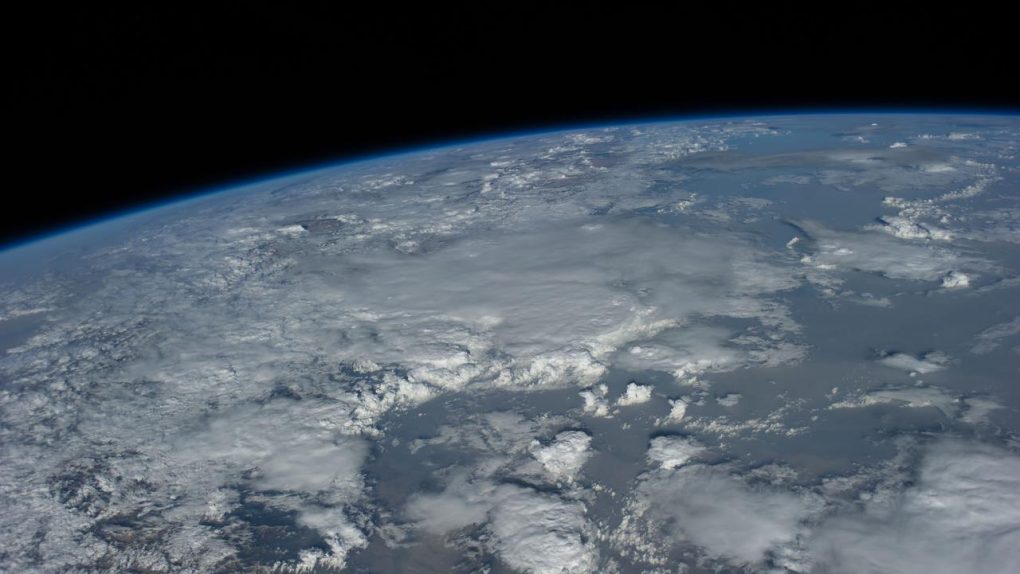- Earth experienced at least two ice-age-like periods in the distant past, and researchers aren’t sure what caused them.
- Theories include volcanic activity that blocked out the Sun or intense cloud formation that cast shadows across the planet.
- Understanding why these “Snowball Earth” periods happen is critical to being able to predict them in the future.
Earth has endured some incredible changes over its several billion years of life. The most dramatic shift that most of us are aware of was the asteroid strike and aftermath that killed off most of the dinosaurs and gave tiny mammals a chance to thrive and evolve. But Earth has seen at least two other world-changing events that caused the planet to enter deep freezes.
These periods of so-called “Snowball Earths” were caused by a reduction in the amount of sunlight making it to our planet. As new research published in Proceedings of the Royal Society A explains, the cause of these frosty periods in Earth’s history is largely a mystery.
While the cause of these ice ages remains unclear, the frosting over of Earth makes perfect sense from a scientific standpoint. Earth is in the habitable zone of our star, and that zone is defined by the intensity of radiation coming from the Sun itself. If we were farther away, the Earth wouldn’t get enough radiation (heat) and the water on our planet’s surface would freeze. If we were too close, the water would boil off and the Sun could actually strip our atmosphere away and that moisture along with it.
If the researchers from MIT that penned this study are correct, and the planet experienced “snowball” periods where it got very cold due to a lack of radiation from the Sun, it’s important that we understand why that happened and whether or not it could be predicted to happen again. At the moment, their best guesses include increased volcanic activity that spewed debris into the atmosphere or spikes in cloud formation that shrouded the Earth in shadow.
It’s also a big deal with regards to how we view exoplanets. Right now, astronomers have a fairly rigid set of criteria when it comes to declaring a planet habitable or not. If these kinds of cold snaps exist elsewhere — and at this point, there’s no reason to believe they wouldn’t — then planets we think may be habitable may not be, or planets that initially appear to be outside of the habitable zone may actually have conditions to support life in some form.
“You could have a planet that stays well within the classical habitable zone, but if incoming sunlight changes too fast, you could get a Snowball Earth,” lead author Constantin Arnscheidt said in a statement. “What this highlights is the notion that there’s so much more nuance in the concept of habitability.”








